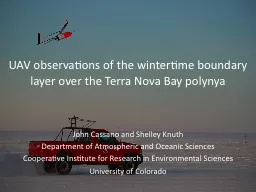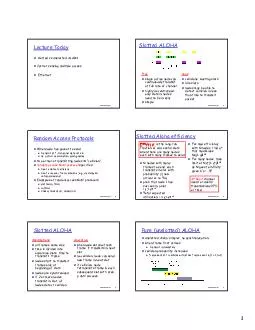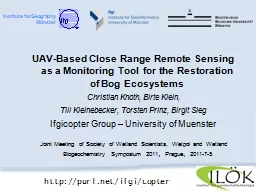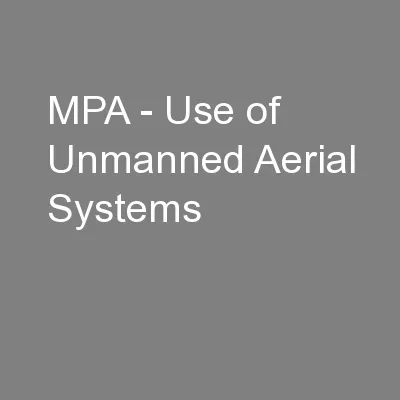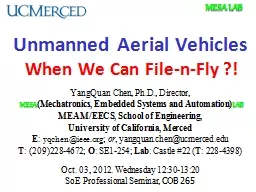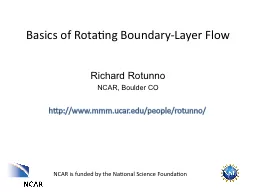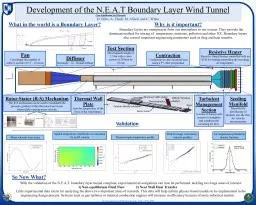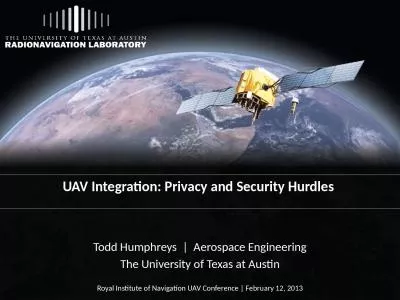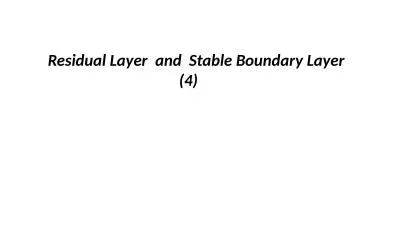PPT-UAV observations of the wintertime boundary layer over the
Author : giovanna-bartolotta | Published Date : 2017-01-30
polynya John Cassano and Shelley Knuth Department of Atmospheric and Oceanic Sciences Cooperative Institute for Research in Environmental Sciences University of
Presentation Embed Code
Download Presentation
Download Presentation The PPT/PDF document "UAV observations of the wintertime bound..." is the property of its rightful owner. Permission is granted to download and print the materials on this website for personal, non-commercial use only, and to display it on your personal computer provided you do not modify the materials and that you retain all copyright notices contained in the materials. By downloading content from our website, you accept the terms of this agreement.
UAV observations of the wintertime boundary layer over the: Transcript
Download Rules Of Document
"UAV observations of the wintertime boundary layer over the"The content belongs to its owner. You may download and print it for personal use, without modification, and keep all copyright notices. By downloading, you agree to these terms.
Related Documents

